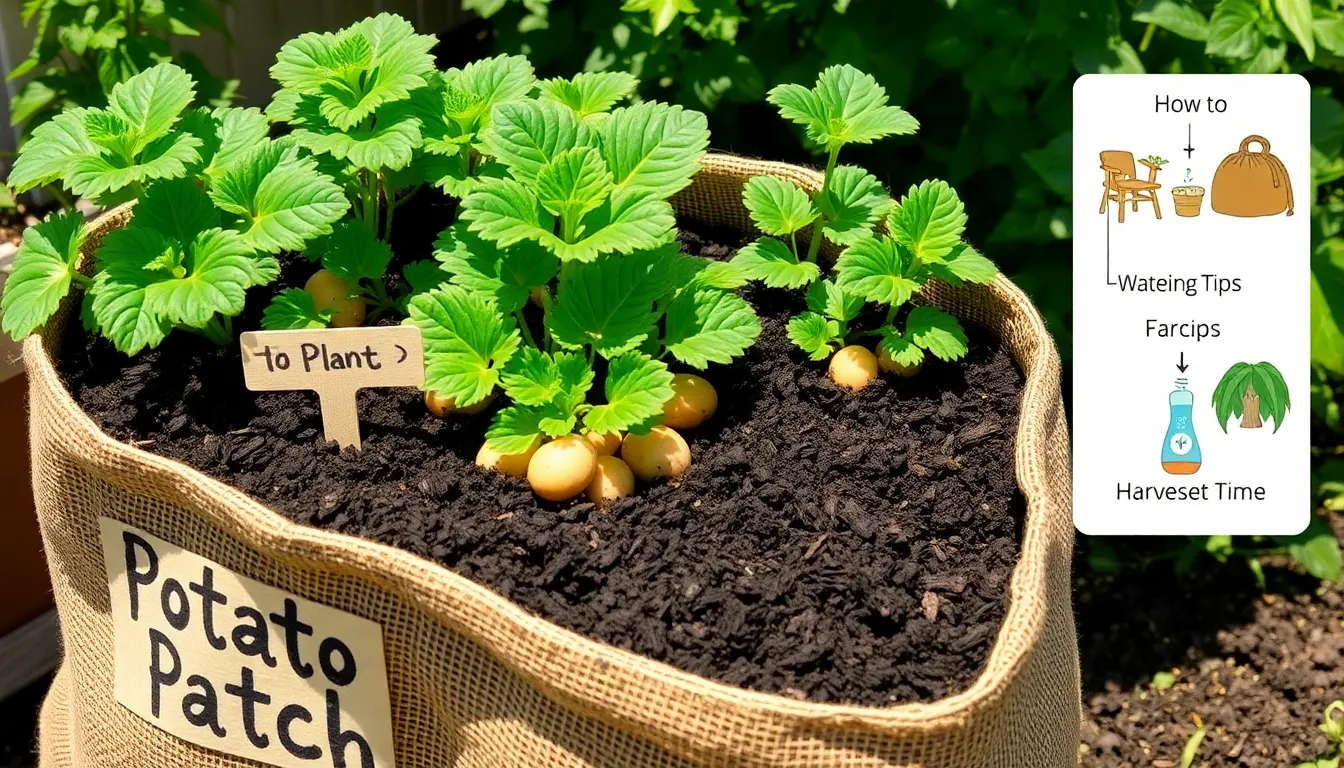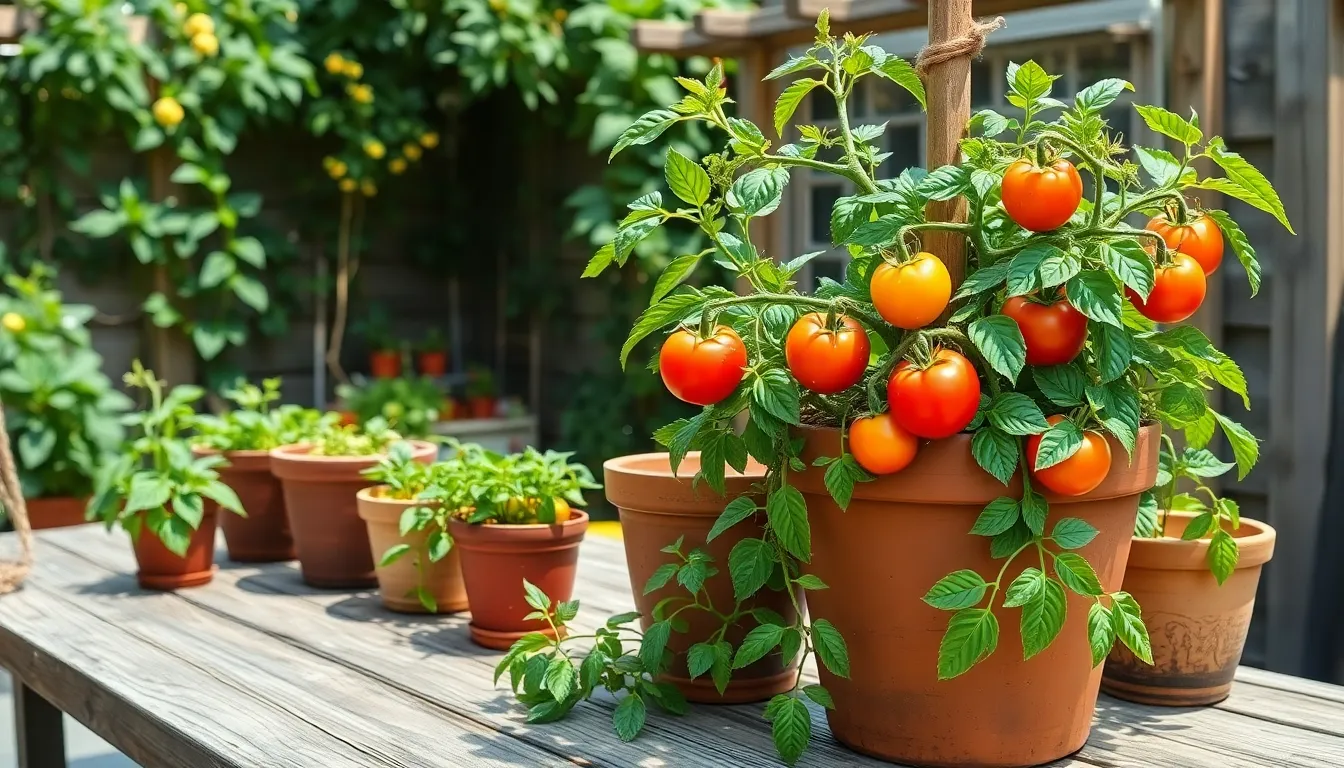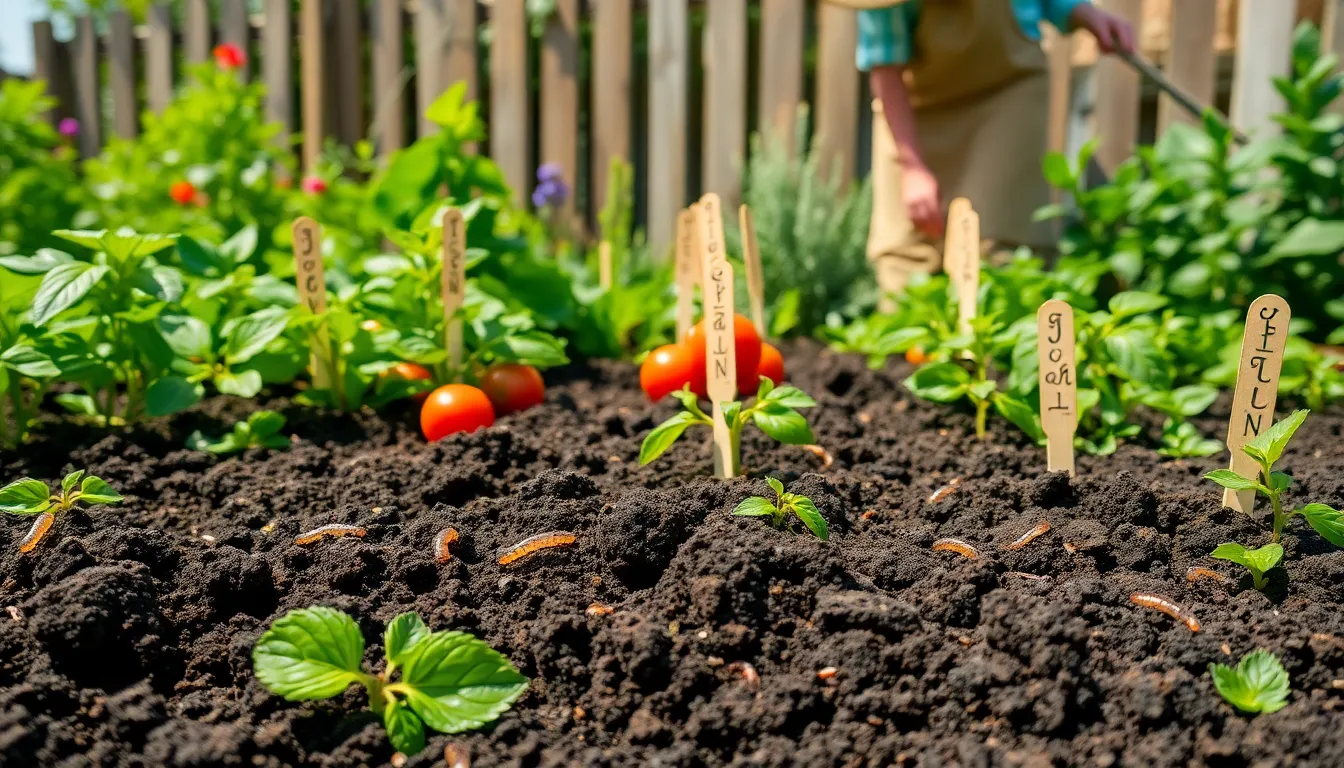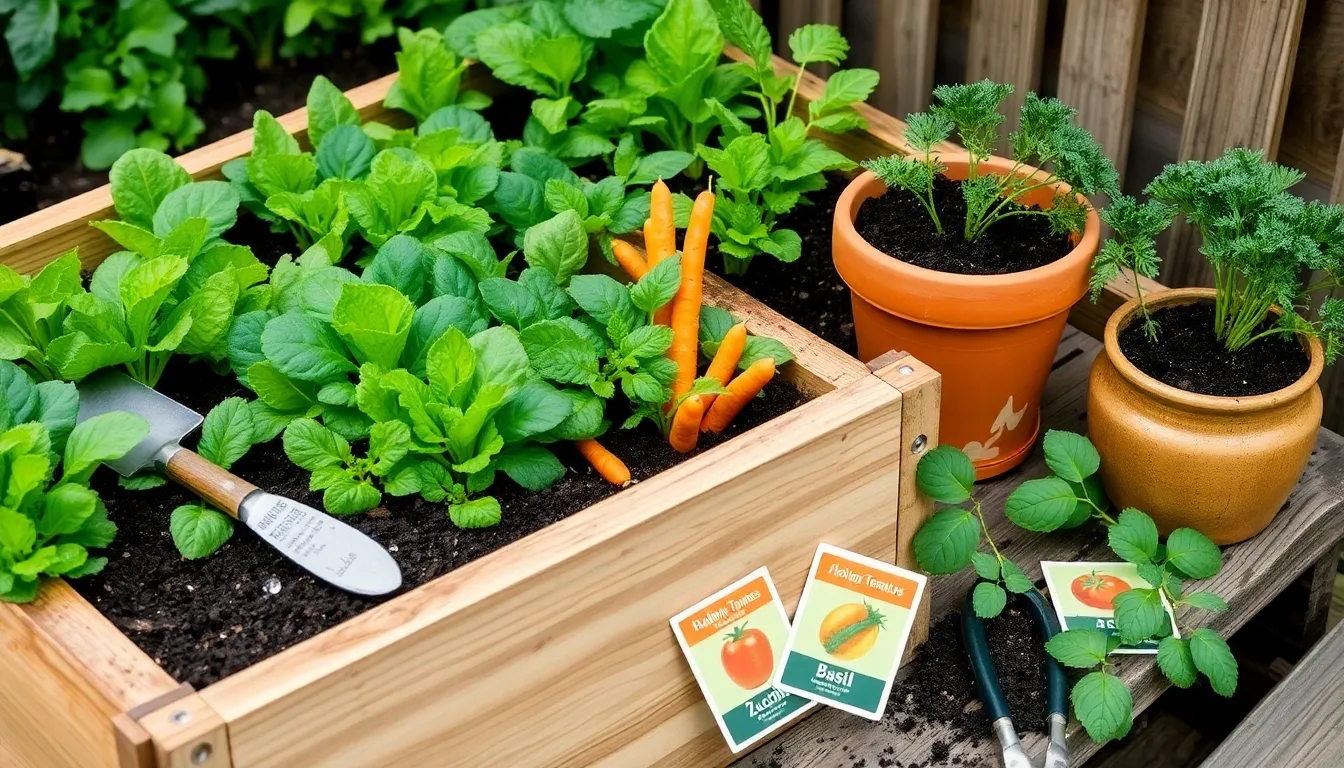Grow Your Own Food

Imagine stepping into your garden on a warm summer’s evening, the gentle breeze carrying the calming scent of lavender through ...

Imagine savoring the taste of freshly harvested potatoes, knowing they came from your very own garden. Growing potatoes in a ...

There’s something utterly delightful about plucking a ripe, juicy tomato from your very own plant—especially when that plant is thriving ...

Gardening is a journey filled with discovery and delight, whether you’re just starting out with your first seedling or you’re ...

There’s something inherently magical about transforming a patch of earth into a thriving vegetable garden. Whether you’re a seasoned green ...











